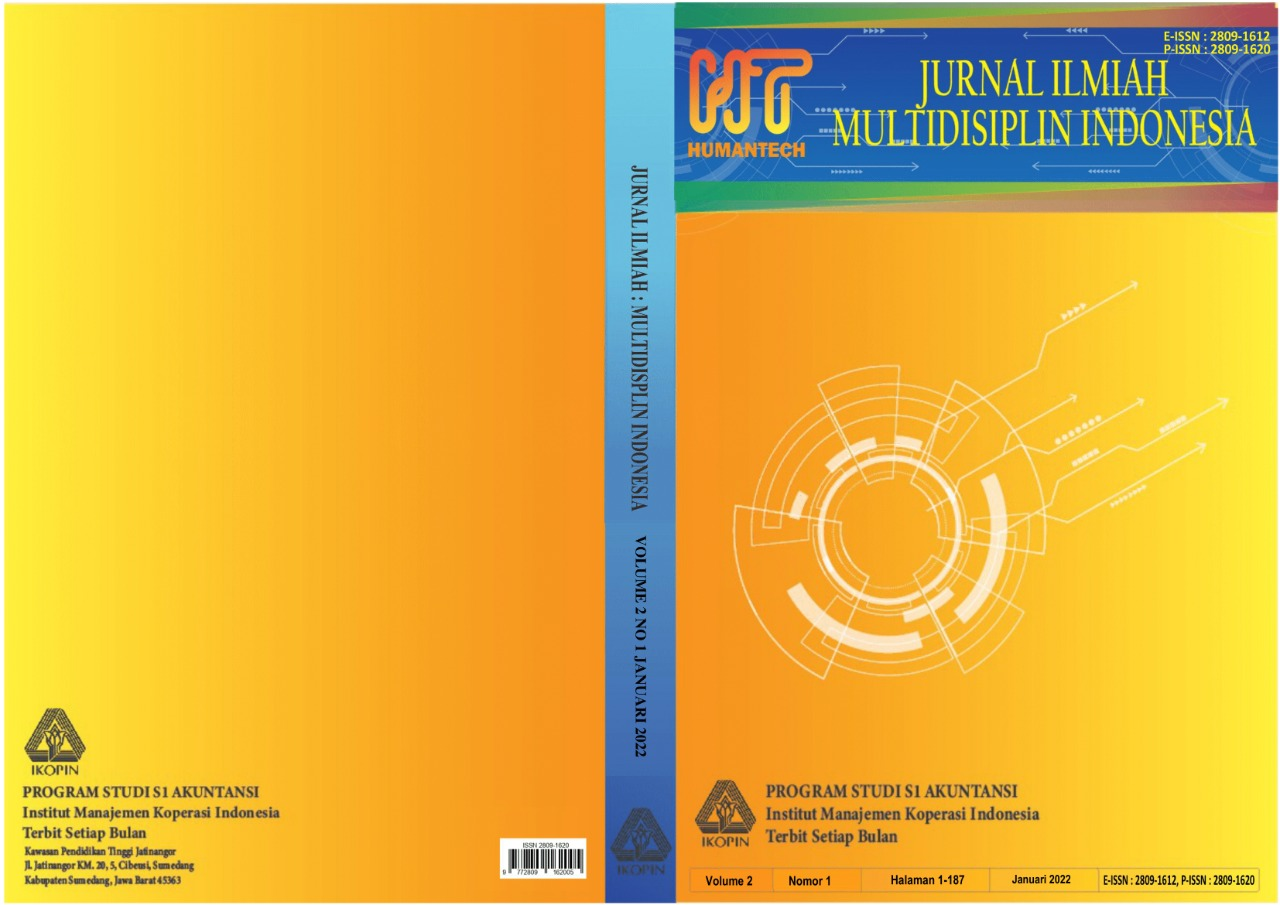Impulsive Buying Berbelanja Online pada Mahasiswi Ditinjau dari Kecerdasan Emosional
Main Article Content
Abstract
Online shopping is the process of buying and selling goods and services through the internet. The convenience obtained in the online shopping process tends to be one of the triggers for impulsive buying. Impulsive buying is the tendency to buy spontaneously, immediately, reflectively and without paying attention to the consequences. Teenage girls, especially college students, seem to be more impulsive in shopping online. One of the factors that led to this impulsive buying was emotional intelligence. Therefore, this study aims to look at impulsive buying online shopping in college students in terms of emotional intelligence. This type of research is quantitative non-experimental, the sampling technique is purposive sampling involving 100 female students aged 17 to 24 years. The data analysis test is kendall tau_b correlation test technique, sig value (p) = 0.000 (p < 0.05) with a correlation coefficient (r) -0.759. So it can be concluded that there is a significant negative relationship between emotional intelligence and impulsive buying in online shopping. This study also showed the results of categorization that is : female students who have impulsive buying with high categorization as much as 26%, medium category 54% and low category as much as 20%.
Article Details
References
Aprilianty, F. . & P. M. (2015, February 24). Neuromarketing : Sains dalam Marketing.
Marketing.Co.Id.
Beatty, S.E. and Ferrell, M.E. (1998) Impulse Buying: Modeling Its Precursors. Journal
of Retailing, 74, 169-191. http://dx.doi.org/10.1016/S0022-4359(99)80092-X
Giraund, M. (2001). Les acheteurs impulsifs : Proposition d’une Typologie. Décisions
Marketing, 24, 17–24.
Goleman, D. (2002). Emotional Intelligence. Gramedia.
Henrietta, P. (2012). Impulsive Buying pada Dewasa Awasl di Yogyakarta.
Karbasivar, A., & Yarahmadi, H. (2011). Evaluating Effective Factors on Consumer
Impulse Buying Behavior Related papers. Asian Journal of Business Management
Studies, 2(4), 174–181.
Lestari, S. S. A. (2019). Hubungan antara Kecerdasan Emosional dengan Impulsive
Buying pada Mahasiswi di Yogyakarta. Universitas Mercu Buana Yogyakarta.
Lin, C. H., & Chuang, S. C. (2005). The Effect of Individual Differences on Adolescents’
Impulsive Buying Behaviour. Adolescence, 40(159).
Maryati, I. (2009). Hubungan antara Kecerdasan Emosi dan Keyakinan Diri (SelfEfficacy) dengan Kreativitas pada Siswa Akselerasi [Universitas Muhammadiyah
Surakarta]. In Universitas Stuttgart.
http://eprints.ums.ac.id/3693/1/F100040097.pdf
Putra, Amada Akbar dan Rumiani. (2018). Kecerdasan Emosi dan Impulse Buying Online
pada Anggota Forum Kaskus di Yogyakarta. Jurnal Psikologi Integratif, 1(2), 156–
Putri, Rizky Anizya. (2022 Januari 11). E-commerce sebagai Penggerak Utama Ekonomi
Digital di Indonesia pada Tahun 2021. Kompasiana. Diambil dari
https://www.kompasiana.com/anizyarizkyputri2211/61ddae801b796c2426067dd3
/e-commerce-sebagai-penggerak-utama-ekonomi-digital-di-indonesia-pada-tahun2021
Rook, D., Fisher, R. J., Lee, G., Korea, W., & Yi, Y. (1995). Normative influences on
impulsive buying behavior Cite this paper.
Rozaini, N., & Ginting, B. A. (2017). Pengaruh Literasi Ekonomi dan Kontrol Diri
Terhadap perilaky Pembelian Impulsif Untuk Produk Fashion. Jurnal Pendidikan
Ekonomi Undiksha, 9(1), 98–107.
Sawyer, Susan M., Azzopardi Peter S., Wickremarathne, Dakhshitha., & Patton, George
C. (2018). The Age of Adolescence. Pubmed, 2(3), 223-228, doi : 10.1016/S2352-
(18)30022-1
Sridianti. (2021, November 14). Apa itu Belanja Online. Sridianti.com. Diambil dari
https://sridianti.com/apa-itu-belanja-online.html
Riyanto, G. P. (2021, May 10). Daftar 10 Marketplace Online Paling Ramai Pengunjung
di Asia Tenggara. Kompas.Com.
Rozaini, N., & Ginting, B. A. (2017). Pengaruh Literasi Ekonomi dan Kontrol Diri
Terhadap Perilaku Pembelian Impulsif untuk Produk Fashion Jurnal Pendidikan
Ekonomi Undiksha, 9(1), 98–107.
Sosianika, A., & Juliani, N. (2017). Studi Tentang Perbedaan Perilaku Pembelian
Impulsif Berdasarkan Karakteristik Konsumen. Jurnal Sigma-Mu, 9(1), 9–18.
Utami, F. A. S. (2008). Pembelian Impulsif Ditinjau dari Kontrol Diri dan Jenis Kelamin
pada Remaja. Jurnal Psikologi Proyeksi, 3(1), 46–57.
Verplanken, B., & Herabadi, A. (2001). Individual differences in impulse buying
tendency: Feeling and no thinking. European Journal of Personality, 15(1
SUPPL.). https://doi.org/10.1002/per.423

